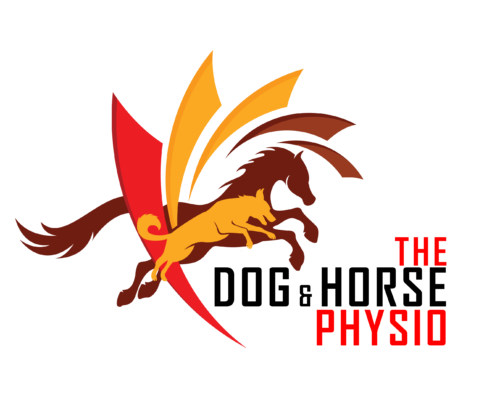Animal Rehabilitation
Animal rehabilitation adapts human physiotherapy techniques to increase function and mobility of joints and muscles in animals. Animal rehabilitation can reduce pain and enhance recovery from injury, surgery, degenerative diseases, age-related diseases, and obesity.
The goal of animal rehabilitation is to improve quality of life and decrease pain. Techniques used in animal rehabilitation can also be applied to horses, cats, birds, rabbits, rodents and other small animals.
SprectraVET Laser Therapy
SpectraVET therapy laser light to induce a photochemical reaction and therapeutic effect. Physiological effects include increased circulation, reduced inflammation, pain reduction and enhanced tissue healing. Laser therapy has been used in Europe since the 1970's.
During each treatment, laser energy increases circulation, drawing water, oxygen, and nutrients to the damaged area. this creates an optimal healing environment that reduces inflammation, swelling, muscle spasms, stiffness, and pain. As the injured area returns to normal, function is restored and pain is relieved.
During SpectraVET Laser therapy, low-intensity light interacts with tissues at the cellular level increasing metabolic activity within the cell. By improving the transport of nutrients across the cell membrane, the increased production of cellular energy (ATP) is stimulated. the cascade of beneficial effects that follows includes increased cellular function and tissue repair.
Whether it is acute or chronic, superficial or deep, laser therapy can help.
Canine conditions treated with phototherapy:
Inter Vertebral Disc Disease (IVDD)
Hematomas
Post surgical incisions
Infected & chronic wounds
Arthritis
Chronic pain
Lameness
Hip displasia
Fractures
Tendonitis
Bicipital bursitis
Bicipital tendonitis
Sprains / strains
Trauma
Calcaneal tendon
Neuropathy
Equine conditions treated with SpectraVET Laser:
Soft Tissue Injures
Tendonitis
Tenosynovitis
Bowed Tendons
Suspensory Disorders
Inferior Check Ligament Desmitis
Bucked Shins
Carpal Tunnel Syndrome
Hygroma of the elbow
Superior Check Ligament Strain
Thoroughpin
Tarsal Plantar Desmitis (Curb)
Stringhalt
Capped Hocks
Myositis
Exertional Rhabdomyolysis
Wound Healing
Greased Heels
Neck, Back and Vertebral Column
Hunter’s Bumps
Subluxations of the Sacroiliac Joint
Cervical Musculature
Thoracolumbar Musculature
Pharyngitis
Joint Related Injuries
Arthritis
Epiphysitis
Carpitis
Fractures
Splints
Sesamoiditis
Bone Spavin
Trochanteric Bursitis
Osselets
Ringbone
Tarsitis
Stifle Disorders
Hoof
Laminitis
Navicular Syndrome
Acute conditions may be treated daily, particularly if they are accompanied by significant pain. More chronic problems respond better when treatments are received 2 to 3 times a week, tapering to once every week or two as improvement is seen.
This depends on the nature of the condition being treated. For some acute conditions 1-2 treatments may be sufficient. Those of a more chronic nature may require 5 to 8 (or more) treatments. Some conditions may require ongoing periodic care to control pain.
Your pet may feel improvement in their condition (usually pain reduction) after the first treatment. Sometimes they will not feel improvement for a number of treatments. This does not mean that nothing is happening. Each treatment is cumulative and results are often felt after 3 or 4 sessions.
Yes. Laser Therapy is often used with other forms of therapy, including physical therapy, chiropractic, massage, soft tissue mobilization, and electrotherapy. Other complementary healing modalities can be used with laser to increase the effectiveness.
There is little or no sensation during treatment. Occasionally the patient feels a mild, soothing warmth or tingling. Areas of pain or inflammation may be sensitive briefly before pain reduction.
During more than twenty years of use by healthcare providers all over the world, very few side effects have ever been reported. Occasionally some old injuries or pain syndromes may feel aggravated for a few days, as the healing response is more active after treatment.
